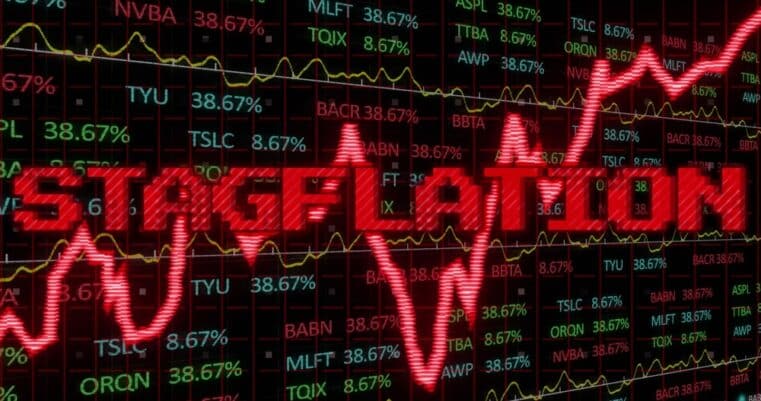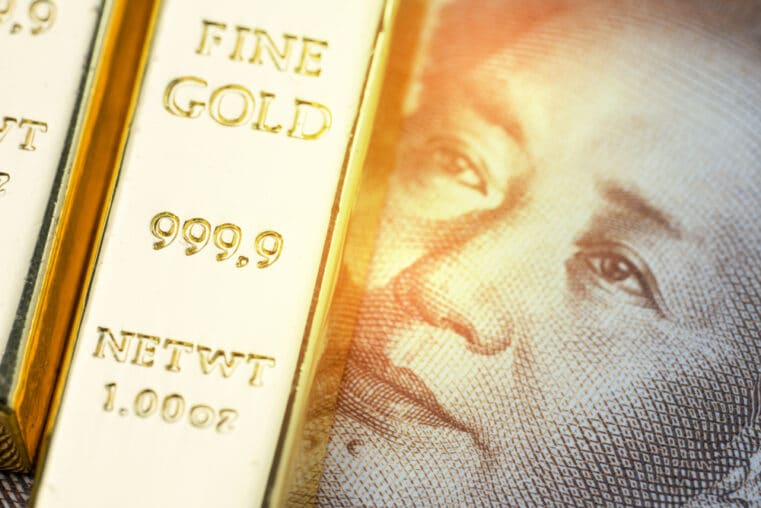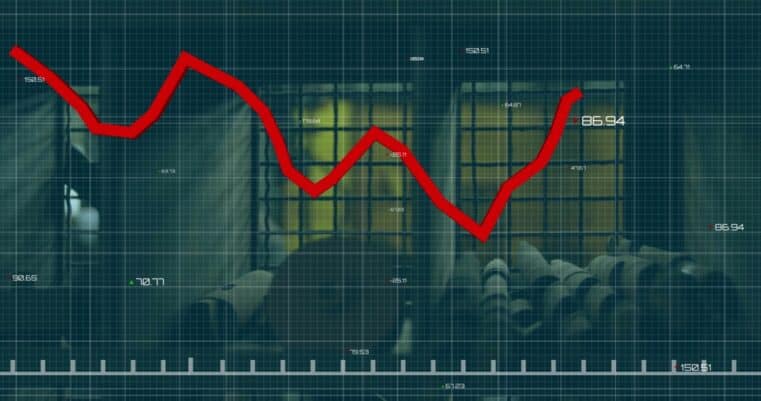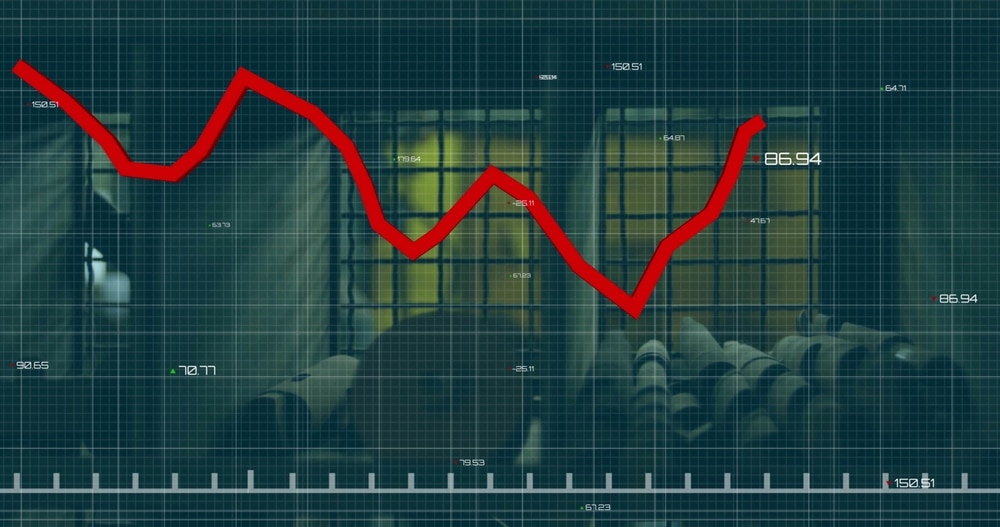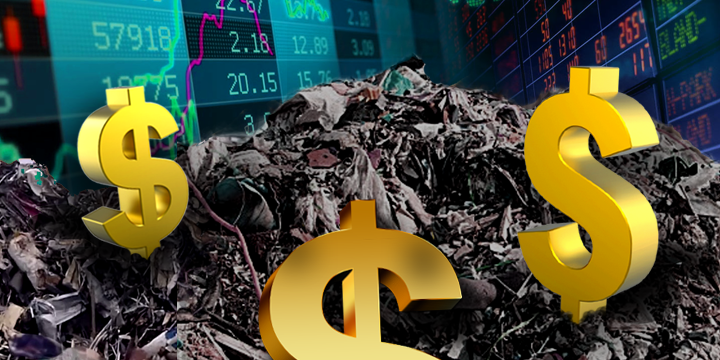
Investors Are Piling Into Junk to Hedge Market Risk
Here’s the main point: risk is not a safe haven, and to hedge against risk by taking on more risk is foolish; it’s like jumping from the frying pan into the fire.
Makes sense, right? Not to a majority of investors in the US and across the globe.
As we all know, central banks around the world, particularly in the US, Europe, and Japan, have purchased trillions of dollars worth of high-quality bonds since 2009 to revive their economies after the global financial crisis.
This may have significantly lowered benchmark interest rates, but it also had an unintended side effect: it crowded-out a large majority of private investors.
So where are these investors going? They are now buying riskier bonds, many of the bonds holding “junk” status.
The problem now is that high investor demand is pushing even these high-risk yields to all-time lows.
As the equities bull market looks to be on the verge of reaching record-shattering levels, many investors are now seriously considering placing their stock market profits into safer investments. Some are looking at bonds. Sadly, many are looking at high-yield junk bonds, which, in essence is a dangerous game.
We certainly hope that you are not one of these investors.
Many of these bonds are asset-backed securities. And we saw what high-risk asset-backed securities did to the world economy in 2008.
So what kinds of bonds are these investors purchasing? Here are three of the biggest investments as reported by WSJ:
1. The Rogun hydroelectric dam in Tajikistan
Ranked as one of the most corrupt countries (Transparency International), Tajikistan sold its bonds last September--a $500 million deal.
Citigroup Inc., Tajikistan’s investment bank marketed it with a yield of 8%. High demand for this bond lowered the yield to 7.1%.
Bear in mind that this is a project that broke ground in...1976!
The buyers include several large US investors and institutions, including Fidelity Investments.
And how is Tajikistan expecting to repay their debt to bondholders? Electricity sales to Pakistan and Afghanistan. But it is important to note that the bond offering, via Citigroup, included a disclosure stating the high-risk nature of the bond, mainly due to the corruption of the Tajikistan government. Regardless, investors piled in.
2. The American Dream Mall in East Rutherford, New Jersey
The American Dream Mall, which began under the name “Xanadu,” was a dead project, having run out of money for construction.
Now under a third owner, the project was resuscitated in 2017 in the bond markets with the help of Goldman Sachs.
With a yield of 6.9%, half of the total bond offering was sold to John Miller, a mutual fund manager for Nuveen Asset Management LLC.
A hybrid of retail mall and amusement part, the American Dream Mall expects the majority of its revenue to come from attractions rather than retailers.
The risk of this project is not only attributable to its past three failures but that the mall is taking a double risk: that it can succeed as an attraction park and a mall.
3. Portugal
Among European nations, Portugal is one of the most indebted. Yet demand for their bonds are such that investors made bids for approximately €2 Billion worth of bonds, exceeding the initial offer of €1.25 Billion.
The auction for 10-year bonds offered a 1.94% yield; undercutting US 10-year bonds which yielded around 2.31%. Note that the US has a triple-A credit rating; Portugal does not.
So why so much demand for Portuguese bonds? It’s an unintended consequence of the ECB’s efforts to buy bonds and keep interest rates low: while pushing the strongest eurozone economies into negative bond yield territory, investors were forced to buy bonds in riskier countries like Portugal to receive positive returns.
As our current US bull market is reaching levels comparable to the 1990’s tech boom, the likelihood of a market crash is also getting closer.
We hope that you take a wiser approach to hedging your risk; namely, not hedging risk by taking on more risk in the form of collateralized debt.
High-risk collateralized securities worked disastrously in 2008 and it isn’t likely to be different this time around.
As circular as this may sound, a safe haven can’t be anything more or less than a safe haven.
And history has shown that there are only two reliable safe havens that have stood the test of time: gold and silver.
This means that there are only two historically-proven safe haven strategies: to buy gold or buy silver.




